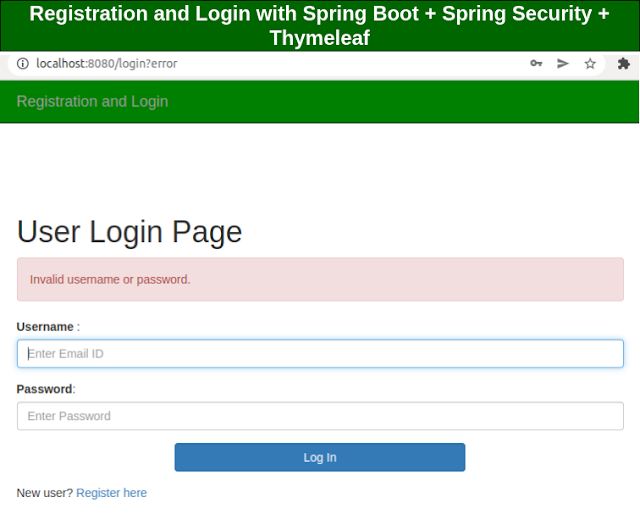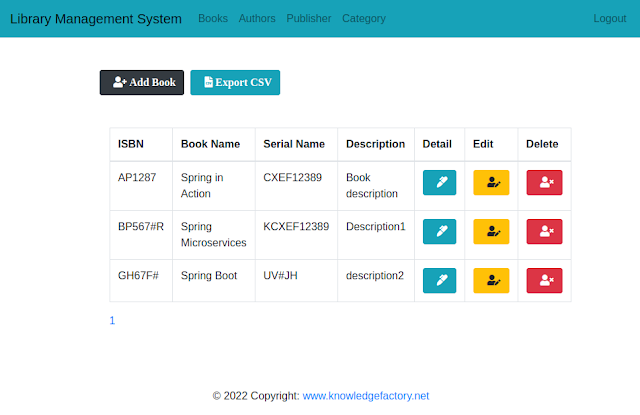PayPal Integration with Python Flask for Secure Payments
PayPal is one of the most widely used payment platforms globally, making it an excellent choice for adding payment functionality to your web applications. In this guide, we’ll walk you through integrating PayPal with a Python Flask application from scratch. You’ll learn how to set up your environment, configure PayPal’s REST API, create and execute payments, and test the integration. By the end, you’ll have a fully functional payment flow that you can expand for your specific needs.
Step 1: Setup Your Environment
Install Python
Ensure you have Python 3.7+ installed. You can download it from Python's official website.Create a Flask Project
Create a new directory for your project and set up a virtual environment:Install Required Libraries
Install Flask and the PayPal SDK:
Step 2: Set Up a PayPal Developer Account
- Go to PayPal Developer Dashboard.
- Log in and create a REST API app.
- Choose a name for your app.
- Get your Client ID and Secret Key from the dashboard.
- Choose the Sandbox environment for testing.
Step 3: Create the Flask App
Create a app.py file with the following content:
Step 4: Test the Application
Start the Flask server:
Use a tool like Postman or cURL to create a payment:
- Endpoint:
http://localhost:5000/create-payment - Method:
POST - Body (JSON):
- Endpoint:
The response will include an
approval_url. Open it in your browser to test the PayPal payment flow.After approval, you'll be redirected to the
/execute-paymentendpoint, where the payment will be processed.- Update the
modein the PayPal configuration to"live". - Replace the sandbox
client_idandclient_secretwith live credentials. - Deploy your Flask app on a hosting platform like Heroku, AWS, or Azure.
- Webhook Integration: Configure PayPal webhooks to listen for payment events.
- Database Storage: Use a database like MySQL or MongoDB to store payment data.
- Logging: Use Python's
loggingmodule to log errors and transactions.









